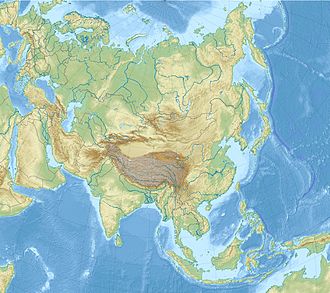Darshai, also known as Darshay, is a village in Tajikistan. [1] [2] It falls in Ishkoshim District of Gorno-Badakhshan Autonomous Oblast. [3] [4]
Contents
Darshai | |
|---|---|
| Coordinates: 36°47′55″N72°00′05″E / 36.79863°N 72.00135°E | |
| Country | |
| Region | Gorno-Badakhshan |
| District | Ishkoshim |
| Time zone | UTC+05:00 (Tajikistan Time) |
| • Summer (DST) | (Not Observed) |

